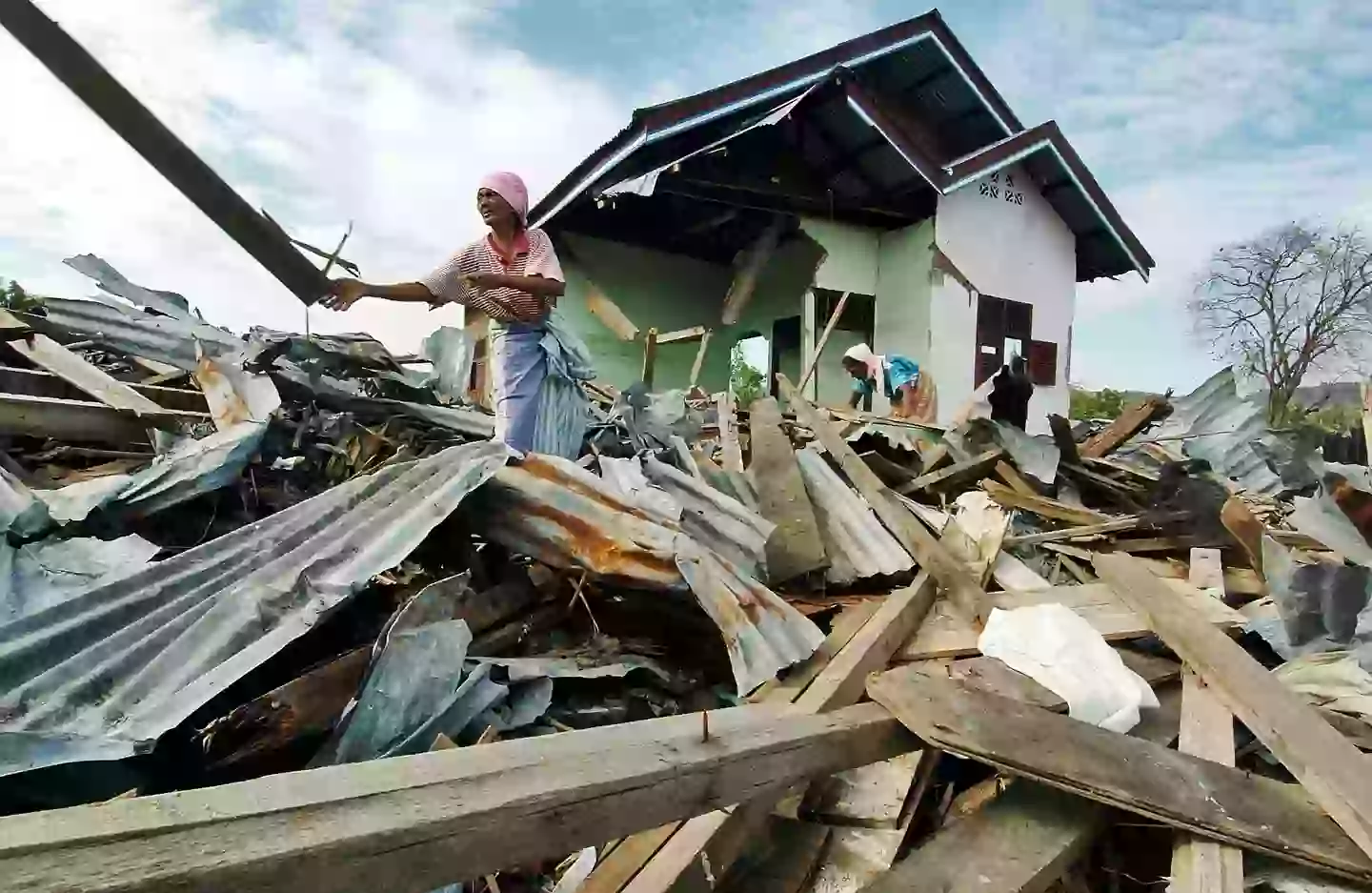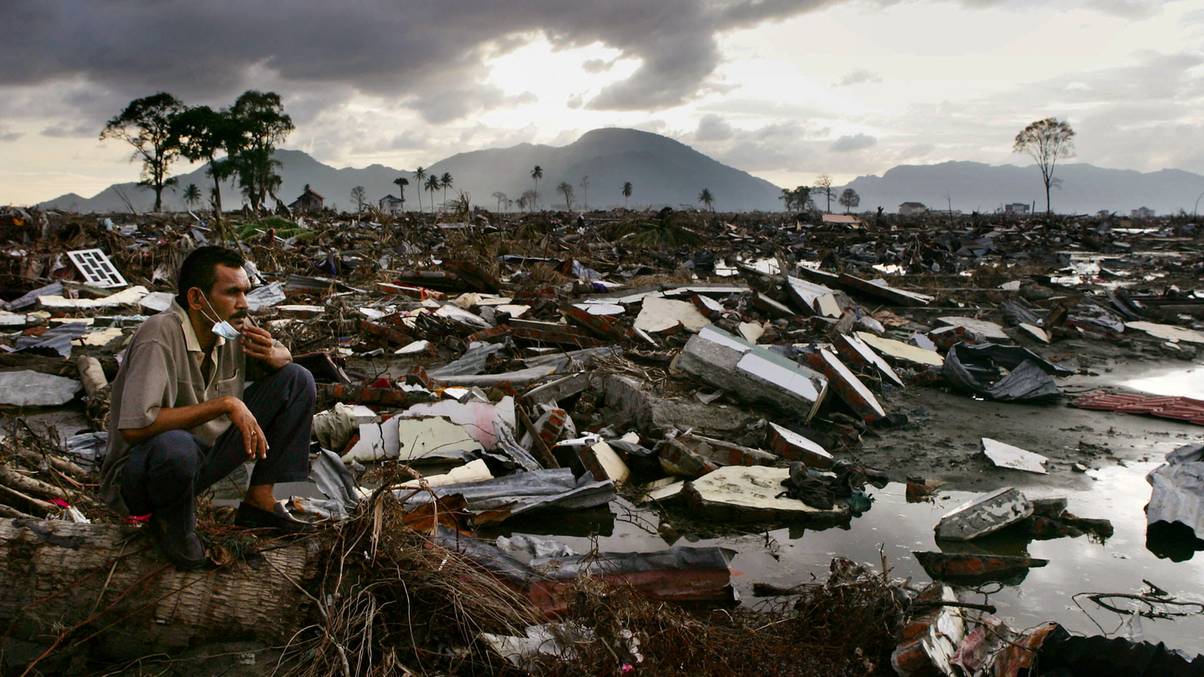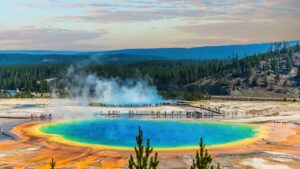How a Single Catastrophic Quake Secretly Altered Earth’s Rotation and Tilt—NASA Reveals Shocking Details
On December 26, 2004, the Earth decided to throw a tantrum so intense it literally spun itself a bit faster—talk about shaking things up! A monstrous 9.1 magnitude earthquake off the coast of Sumatra unleashed a tsunami that devastated 14 countries and tragically claimed over 230,000 lives. But here’s the kicker: beyond the heartbreaking destruction, NASA’s brainiacs at the Jet Propulsion Laboratory discovered this quake was no ordinary tremor. It was so colossal, it nudged the Earth’s axis and even shaved off a tiny slice of our day—about 2.68 microseconds. Yeah, that’s less than the time it takes to blink, but it’s a wild reminder that our planet’s rhythm is far from steady. Ever wondered if a giant bruise on Earth could speed things up a smidge? Turns out, it can. It’s as if Mother Nature left us a cosmic prank—a ripple in time thanks to tectonic tantrums. Curiosity piqued? LEARN MORE.
When a massive 9.1 magnitude earthquake struck off the coast of Sumatra on December 26, 2004, the world witnessed one of the most devastating natural disasters in modern history.
The earthquake triggered a tsunami that killed over 230,000 people across 14 countries. But beyond the obvious destruction it left in its wake, scientists at NASA discovered that the earthquake had long-lasting effects on the planet itself.
NASA scientists, using data from the Jet Propulsion Laboratory (JPL), determined that the earthquake was so powerful it actually shifted the Earth’s axis and altered the length of a day.
According to Richard Gross, a geophysicist at NASA’s JPL in Pasadena, California, the earthquake caused the Earth to wobble slightly on its axis, thus speeding up the planet’s rotation.
This tiny shift was enough to slightly affect how the planet spins, in turn, slightly shortening the length of the day.

The Boxing Day earthquake triggered a tsunami that killed over 230,000 people (PHILIPPE DESMAZES/AFP via Getty Images)
A shorter day on Earth
In terms of time, NASA estimated that the earthquake shortened the length of a day by about 2.68 microseconds, which is less than a blink of an eye.
While 2.68 microseconds might not be much, it highlights how sensitive Earth’s systems are to massive geological forces.
This phenomenon happens because large earthquakes redistribute the mass of the planet.
During the Sumatra earthquake, a huge section of the Earth’s crust beneath the ocean floor suddenly slipped, displacing massive volumes of water and causing the deadly tsunami.
At the same time, the redistribution of rock and Earth’s internal material altered the planet’s moment of inertia.
Local catastrophe had a global impact
The 2004 Sumatra-Andaman earthquake was one of the most powerful ever recorded. It ruptured a 1,600-kilometer section of the seafloor and released energy equivalent to more than 23,000 Hiroshima-type atomic bombs.
The impact was so strong that it affected the entire planet’s motion, even though the epicenter was under the Indian Ocean.
According to the British Geological Survey, this earthquake was responsible for triggering small changes in seismic activity around the globe.
Seismometers worldwide picked up vibrations for days, and scientists continue to study the long-term geophysical impacts.

The earthquake left a trail of destruction in its wake (JEWEL SAMAD/AFP via Getty Images)
How NASA are using this data
NASA and other agencies used satellite data to track how the Earth’s crust moved in response to the quake. These measurements helped confirm that the massive slip in the fault line led to a permanent rebalancing of the Earth’s mass.
The disaster not only spurred major scientific interest, but also improved earthquake and tsunami monitoring systems. In the years that followed, new sensors, satellites, and early warning systems were installed around the Pacific and Indian Oceans.
Richard Gross summed it up by saying: “Events like this remind us of the dynamic nature of our planet. Earth isn’t a static ball of rock, but a constantly moving and changing system.
“Even one event, given enough energy, can alter its behavior in surprising ways.”
Auto Amazon Links: No products found.














